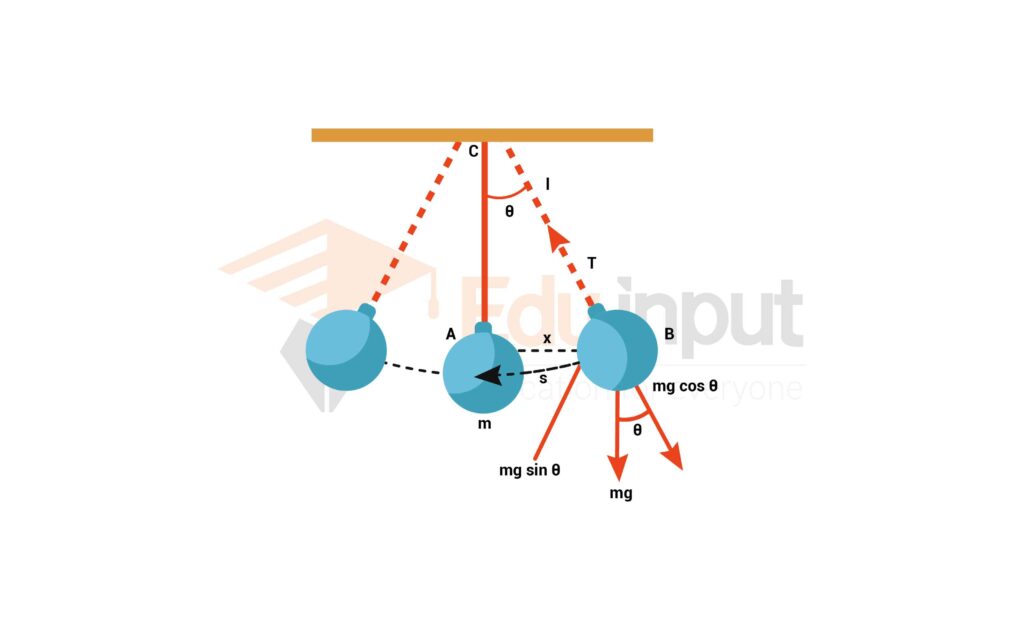What is Periodic Motion?-Definition, Examples, And Application
Periodic motion is the movement of something that repeats itself at regular intervals. Periodic motion is often associated with waves, water, and ocean tides. In nature, periodic motion is present in many forms including the beating of the heart, breathing, and the swinging of pendulums.
What is Periodic Motion?
The periodic motion is known as cyclic motion. It is a type of circular motion in which the object moves back and forth at the same distance. This is the most popular type of circular motion. Periodic waves are produced by Periodic motion.
A certain point after a fixed interval of time is called the periodic motion if a body recurs its motion along a definite path. The period of motion is the interval between when the motion is repeated and when it stops. The least interval of time after which the periodic motion of a body repeats itself is called the period T, which is what the motion of a body must satisfy in order to be periodic.
The Law of Inertia states that an object moves in a straight line unless acted upon by a force, so periodic motion needs force to create this type of motion.
Periodic Motion Example
There is a motion of the hands of a clock is periodic motion. When a simple pendulum is pulled from its rest position to one side, it makes a to and fro motion, which is said to be periodic.
The case of periodic motion has a special case of simple harmonic motion. The rocking chair, the tuning fork, the simple pendulum, the swing, and the water wave are all examples of simple harmonic motion.

Periodic Motion Application
The characteristics of periodic motion are used in a number of devices. A clock is one of the most common devices. Setting up a calendar from the Earth’s periodic motion is something we can use the fact that the motion repeats itself regularly to predict. The study of wave motion, including light, sound, and music, can be done using the knowledge of periodic motion.







Leave a Reply